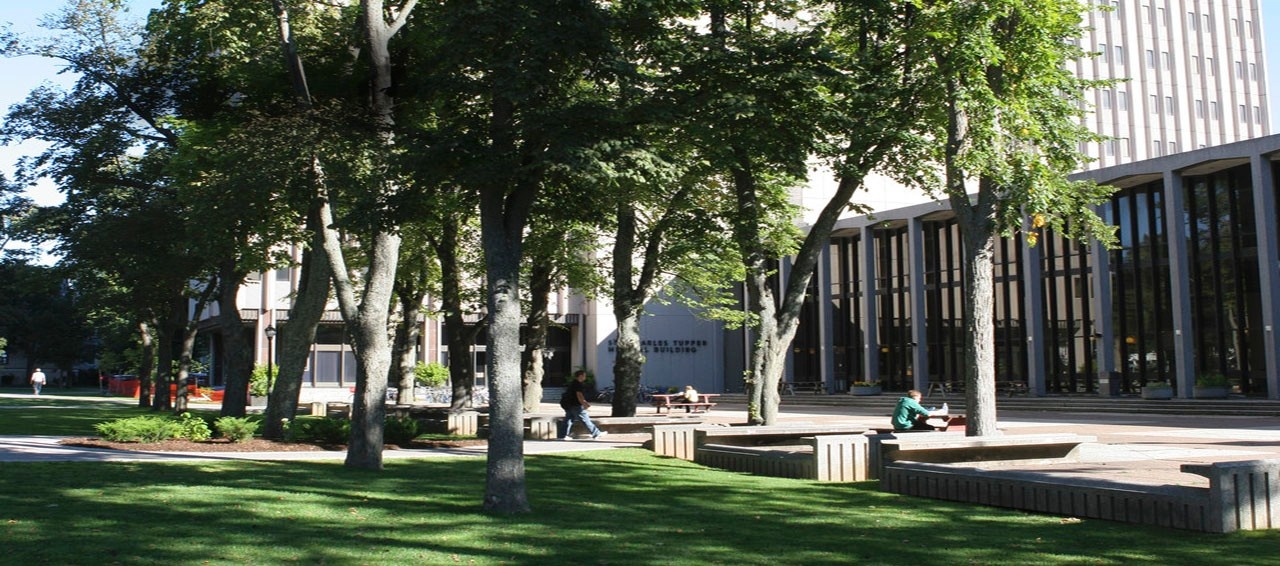Dalhousie‑led gene therapy trial offers breakthrough for rare genetic disorder
» Go to news mainNew hope for for Fabry patients

A recently published study evaluating a pioneering lentivirus (LV)-mediated gene therapy trial for classical Fabry disease showed promising results over five years, indicating a potential breakthrough in treatment for the genetic disorder.
The trial, known as the FACTs (Fabry Disease Clinical Research and Therapeutics) study, was carried out in Halifax, Toronto and Calgary and started in 2016 with five Canadian men who were treated with a novel gene therapy that enabled their bodies to produce the missing enzyme that causes Fabry disease.
Life-changing results
The results were life-changing: four of five patients showed significant biomarker improvements, and three were able to stop their enzyme replacement therapy (ERT) entirely, suggesting the possibility of a "one-and-done" treatment.
 "This trial marks a critical step forward in demonstrating the safety and efficacy of LV-mediated gene therapy for Fabry disease," says Dr. Michael West, a Dal professor and nephrologist at the QEII Health Sciences Centre, who was a co-investigator in the study that was the first gene therapy trial for Fabry.
"This trial marks a critical step forward in demonstrating the safety and efficacy of LV-mediated gene therapy for Fabry disease," says Dr. Michael West, a Dal professor and nephrologist at the QEII Health Sciences Centre, who was a co-investigator in the study that was the first gene therapy trial for Fabry.
Shown at right: Dr. Michael West.
"The continued therapy response over five years and the positive impact on patients' quality of life, particularly the ability to discontinue ERT, offers hope that gene therapy can significantly change the landscape of treatment options for individuals affected by this rare disease."
Fabry disease causes certain fat molecules to accumulate in the cells of various tissues, because the body is unable to produce the correct version of an enzyme that breaks down these fatty materials. It can cause some people to experience pain in their hands and feet, intestinal problems, chronic fatigue, kidney disease, heart failure and strokes.
A working copy
The therapy uses engineered patient blood stem cells to deliver a working copy of the faulty gene. Results showed lasting enzyme production and stabilized kidney function in one patient with advanced kidney disease. Researchers are excited by the therapy's safety profile, with only two temporary severe adverse events reported.
The study revealed that all five patients had sustained persistence of LV-marked blood cells and continual enzyme production. As a result, three patients could stop biweekly ERT (every two weeks), with a saving of roughly $3.7 million in costs for provincial health-care programs.
I had about four years with no ERT, and I gained back all that time with my family
"I had about four years with no ERT, and I gained back all that time with my family," said 44-year-old Ryan Deveau of Dartmouth who was one of the five patients treated with the LV therapy.
"At one point, my wife and I realized we were forgetting I had Fabry at all."
Dr. West said the goal now is to create a similar study with 25 to 30 patients, including women, over a two- to three-year period.
Now read
Recent News
- Dal’s Highly Cited Researchers reflect on influential global research alliances
- A New Bursary Supporting Black Medical Students at Dalhousie
- Dalhousie’s first physician assistant cohort steps into Nova Scotia’s healthcare system
- Dalhousie med students explore pediatric care in Austria
- Dalhousie researchers shine at Discovery Awards with four top honours
- New $2M national study to uncover how biology, social factors shape MS outcomes
- Pathology EDIA Committee makes strides during 2024‑2025 year
- The Embil Family Legacy
